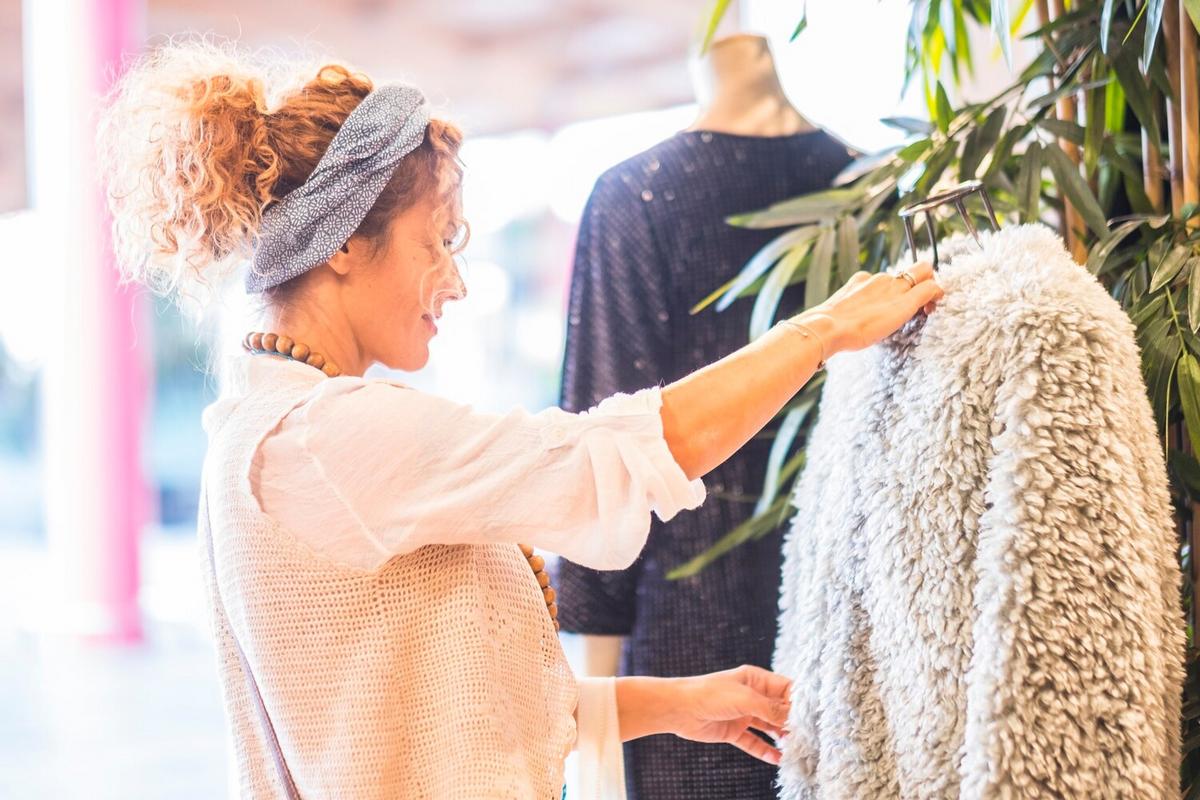
Innovative Eco-Friendly Fabrics You Need to Know
Sustainable fashion is no longer just a trend; it’s a vital evolution in the way we think about our impact on the planet. As consumers become more eco-conscious, the fashion industry is responding with innovative fabrics that prioritize environmental responsibility without compromising style or function.
The shift towards eco-friendly materials in fashion is not just a fleeting movement. It’s a forward-thinking approach that industry leaders are embracing. According to a report by the Global Fashion Agenda, 60% of fashion companies plan to invest in sustainable materials by 2025. This trend is driven by both consumer demand and the pressing need to reduce environmental impact.
Exploring Innovative Eco-Friendly Fabrics
Organic Cotton
Organic cotton is a popular choice for sustainable fashion. Grown without harmful pesticides, it’s healthier for the environment and the farmers. The Soil Association reports that organic cotton reduces water consumption by 91% compared to conventional cotton.
Bamboo Fabric
Bamboo fabric is renowned for its softness and biodegradability. It grows quickly and requires minimal water, making it a sustainable alternative. However, it’s important to ensure it’s processed in environmentally friendly ways, as some methods can be chemical-intensive.
Hemp
Hemp is one of the oldest fabrics used by humans, known for its durability and low environmental impact. It requires little water and no pesticides, making it an excellent choice for eco-friendly fashion.
Recycled Polyester
Made from recycled plastic bottles, recycled polyester reduces plastic waste and uses less energy than virgin polyester. It’s a strong, versatile fabric that’s gaining popularity in activewear and outdoor clothing.
Tencel
Produced from sustainably sourced wood pulp, Tencel is biodegradable and has a closed-loop production process that recycles water and solvents, minimizing waste.
Piñatex
Piñatex is an innovative leather alternative made from pineapple leaf fibers. It’s a byproduct of the pineapple harvest, providing additional income for farmers and reducing waste.
Econyl
Econyl is a regenerated nylon made from discarded fishing nets and other waste. It’s a circular solution that transforms pollution into high-quality fashion materials.
Mycelium Leather
Mycelium leather is an emerging material made from mushroom roots. It’s biodegradable and can be grown in a lab, offering a cruelty-free alternative to animal leather.
| Fabric | Source | Environmental Benefit |
|---|---|---|
| Organic Cotton | Cotton Plant | Reduces water usage and avoids harmful chemicals |
| Bamboo Fabric | Bamboo Plant | Requires minimal water and grows rapidly |
| Hemp | Hemp Plant | Low water and pesticide requirements |
| Recycled Polyester | Plastic Bottles | Reduces plastic waste |
| Tencel | Wood Pulp | Closed-loop production process |
| Piñatex | Pineapple Leaves | Utilizes agricultural waste |
| Econyl | Waste Materials | Recycles waste into new products |
| Mycelium Leather | Mushroom Roots | Biodegradable and sustainable |
Why Choose Eco-Friendly Fabrics?
Choosing eco-friendly fabrics supports the reduction of pollution and waste in the fashion industry. By opting for sustainable materials, consumers can help decrease the carbon footprint associated with clothing production and disposal.
FAQs on Eco-Friendly Fabrics
What makes a fabric eco-friendly?
Eco-friendly fabrics are made from renewable resources, involve minimal chemical use, and have a reduced environmental impact during production and disposal.
Can eco-friendly fabrics be stylish?
Absolutely! Many sustainable fabrics offer high-quality finishes and versatility, making them suitable for a wide range of fashion styles.
Are eco-friendly fabrics more expensive?
While some sustainable fabrics can be pricier due to ethical practices and quality, the long-term benefits to the environment and society often justify the cost.
In summary, the rise of innovative eco-friendly fabrics is reshaping the fashion industry. By supporting and choosing these materials, we contribute to a more sustainable future. Whether you’re a designer, retailer, or consumer, embracing these fabrics is a step towards reducing our environmental impact while still enjoying stylish and functional clothing. Explore these options and make a conscious choice in your fashion journey!


